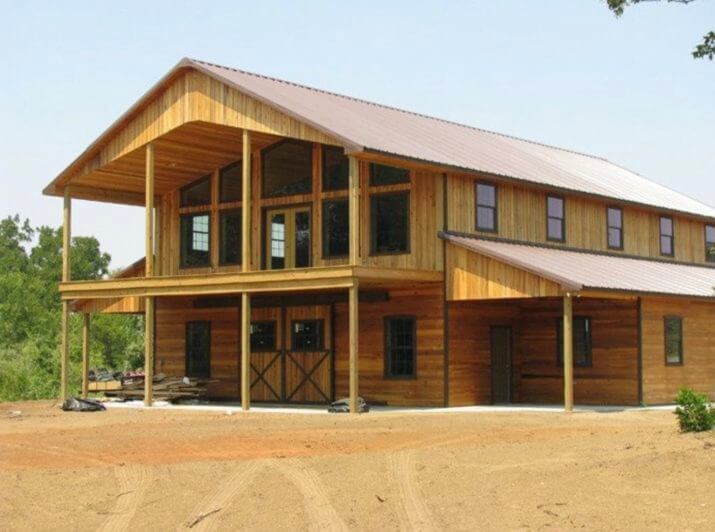

Furthermore, open-cell insulation requires a vapor retarder like sheetrock or plastic sheets stapled onto the interior walls. It has an R-Value of 3.5-3.6 per inch, and its density is bout 0.5 pounds per cubic foot. Open-cell foam costs slightly less for the same thickness, but offers lower R-value. Types of spray foam: Open-Cell and closed-cell spray foam both insulate by blocking air-flow in tight envelope and can be used in new construction and existing homes. Open Cell Vs Closed Cell Foam Spray Insulation – What’s the difference? Exterior wall framing: Have all exterior walls spray foamed to help eliminate any drafts you feel around windows, doors, and mechanicals.

Attic and Crawl Space: Spray foam the attic deck (ceiling joists) to completely seal any air leaks from the lower rooms in your home.Where to use spray foam insulation? To get the most value and stretch your dollars, choose these areas: However, in the long-run, the costs vs value over traditional insulation outweighs the costs with yearly savings. However, installing spray foam insulation is much more costly than its predecessors and should be taken into consideration when remodeling your home or new construction budget. Spray foam insulation has many uses and often thought as, the ultimate insulator for your home. If you need 3″ inches of foam depth, the price above would be triple the cost. The average cost to have spray foam professionally installed is about $2,400 for a 1,600 sq. Spray foam is available in two different types: open-cell spray foam which is usually $1.00 to $1.20 per square foot and closed-cell spray foam which is about $1.25 to $1.50 per square foot (1″ by 12″ x 12″ area of coverage).


 0 kommentar(er)
0 kommentar(er)
